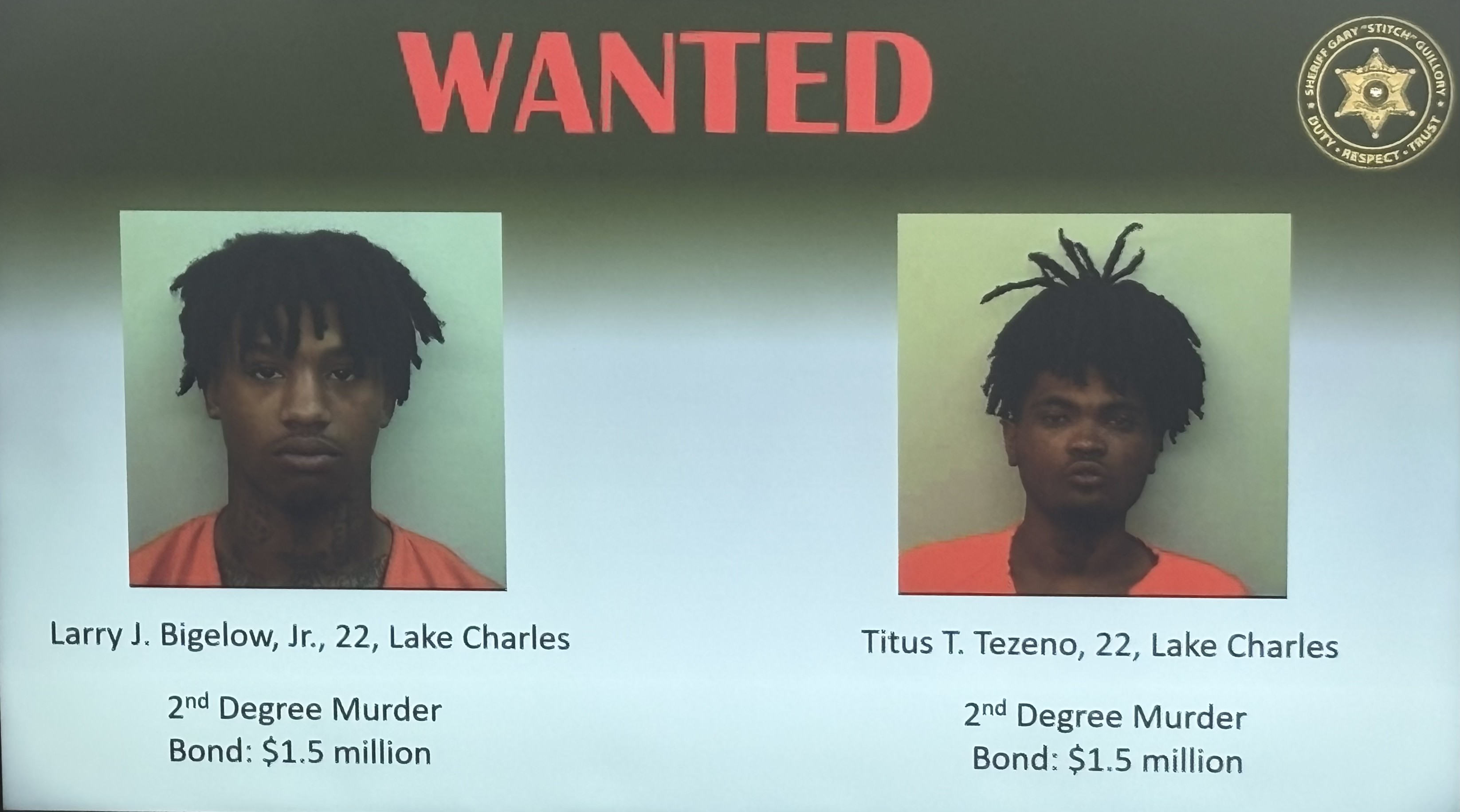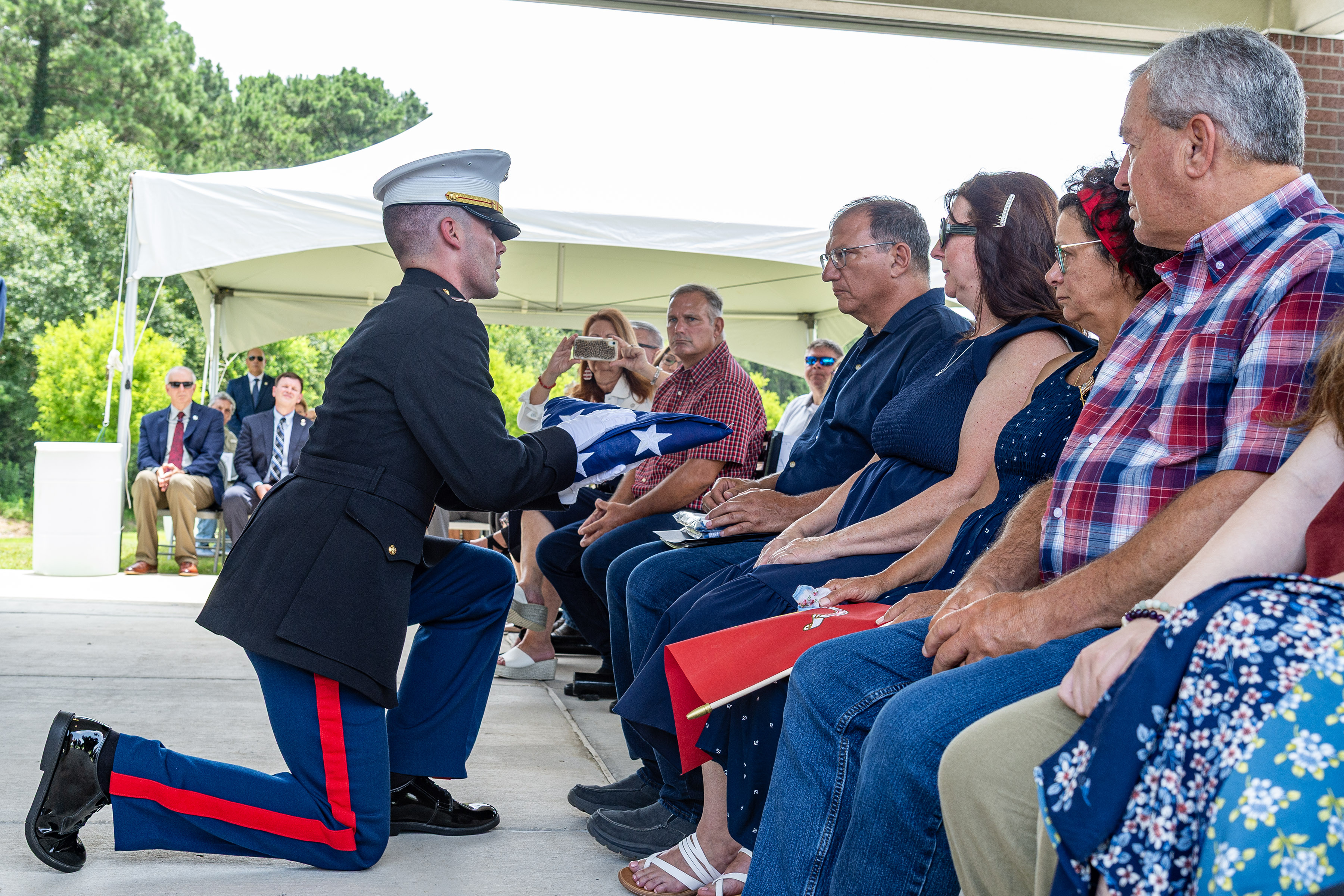Americans had ‘Franksgiving’ for a few years
Published 7:00 pm Wednesday, November 22, 2017
Editor’s note: Per tradition, today’s Informer features a holiday-themed question and answer that first ran about a decade ago. Happy Thanksgiving.
What president changed Thanksgiving Day from the last Thursday of November to the Thursday before? It used to be the last Thursday in November because I was born on Thanksgiving Day — Nov. 30, 1933. The president said it would give an extra week for Christmas shopping, but I was too young and I don’t remember who it was?
It was Franklin Delano Roosevelt, who was in the eighth month of his first term in office when the reader was born. That year, merchants, worried because November’s five Thursdays stole from them a week of shopping season, asked FDR to bump the holiday up a week.
“You will appreciate the importance that an additional week incorporated in this great holiday season will have upon the distribution activities of the entire United States and the added impetus that will be given thereby to the efforts of the administration… to increase employment and purchasing power,” Dain Sturges, secretary of the Downtown Association of Los Angeles, told the president in a letter.
Roosevelt declined to change the last-Thursday tradition, which was set 70 years earlier by Abraham Lincoln, but FDR changed his mind six years later when the prospect of another five-Thursday November again frightened many Depression-era retailers.
From 1939 through 1941, Roosevelt set the federal Thanksgiving observance a week earlier, greatly aggrieving calendar makers and traditionalists and inconveniencing those families whose members lived both in states that did and those that didn’t recognize the change.
The early observance — dubbed “Franksgiving” by critics — ended when Roosevelt in December 1941 signed into law a congressional measure that set Thanksgiving as November’s fourth Thursday, the day reserved for it still. Incidentally, retailers never saw the increase in holiday sales they sought.
Proclaiming history
Three of the nation’s first four presidents proclaimed national days of thanksgiving. George Washington did so in October 1789, enjoining Americans to dedicate Nov. 26 “to the service of that great and glorious Being, who is the beneficent Author of all the good… That we may then all unite in rendering unto him our sincere and humble thanks.”
His successor, John Adams, similarly proclaimed days of thanksgiving, but Thomas Jefferson, the nation’s third chief executive, refused to do so.
In an early version of his letter to the Danbury Baptists — his famous “wall of separation between church and state” letter — Jefferson likened the federal proclamation of religious observances to the acts of England’s King George III, that is, as something inappropriate to the American republic.
“I have refrained from prescribing even those occasional performances of devotion, practiced indeed by the Executive of another nation as the legal head of its church, but subject here, as religious exercises only to the voluntary regulations and discipline of each respective sect.”
James Madison, Jefferson’s successor, picked up the tradition when he entered office, proclaiming — like Adams and Washington before him — two days of thanksgiving in his term.
But he was the last U.S. president to mark the holiday until Abraham Lincoln, three months after the Union victory in the Battle of Gettysburg, set the national day of thanksgiving at the fourth Thursday of November.





